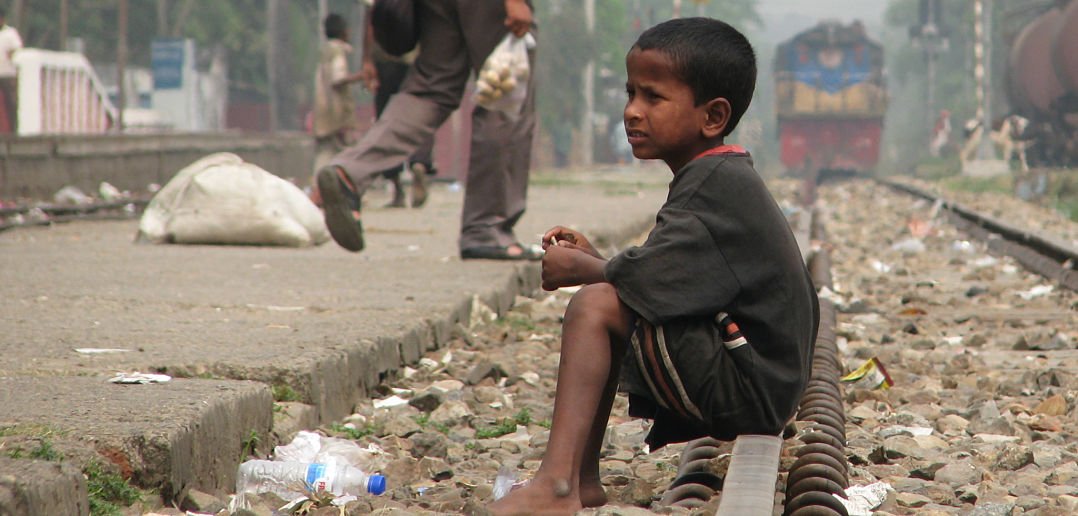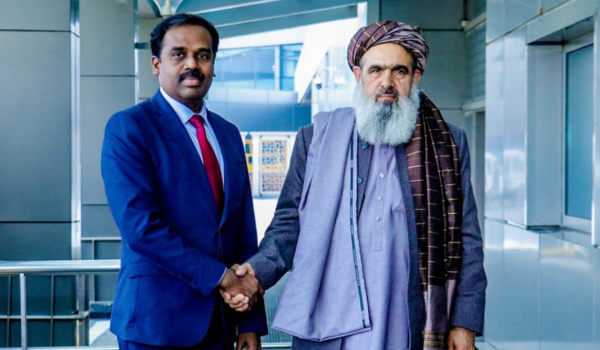Many children in low- and middle-income nations struggle to get enough nutrient-dense food because of a variety of environmental and socioeconomic issues.
Consequently, undernutrition and deficits in some micronutrients remain major global public health issues.
Similar to the incidence rates in West African countries like Guinea, Benin, Liberia, and Mali, malnourished children in India who have not eaten anything in a day are referred to as “zero-food” children.
According to a Harvard research that was just published last month in the peer-reviewed journal JAMA Network Open, the frequency of “zero-food children” is as high as 21% in some nations.
Zero-food Children are defined as those who are 6 to 23 months old and have not had any food, milk, or formula during the previous 24 hours.
With 6.7 million children, India had the highest percentage of zero-food children, half of the total children among the 92 nations in the study.
Nigeria ranked second in terms of the number of children living without food (962 000), after Ethiopia (772 000), Pakistan (849 000), and the Democratic Republic of the Congo (362 000).
The researchers analysed nationally representative data gathered between 2010 and 2022 across 92 low- and middle-income countries to look into the amount of children living in food insecurity worldwide.
10.4% of the research group were children who are zero-food, according to the findings. The proportion of children that are zero-food varied greatly between countries. The prevalence was 21.8% in Guinea and 0.1% in Costa Rica.
In India, which accounted for nearly half of the study’s zero-food children, the prevalence was 19.3%.




